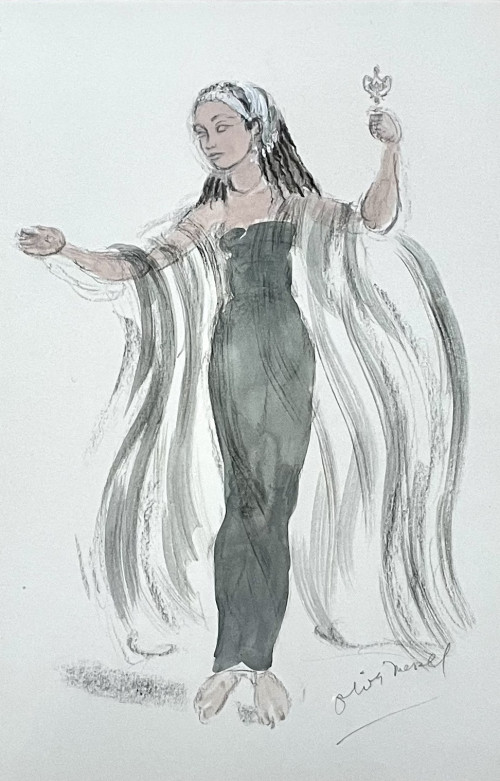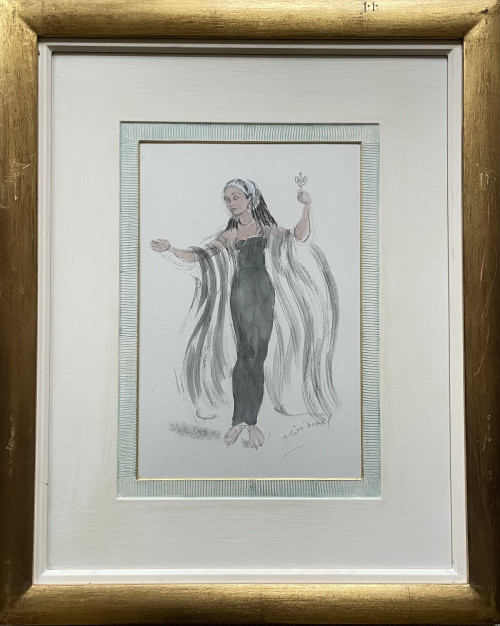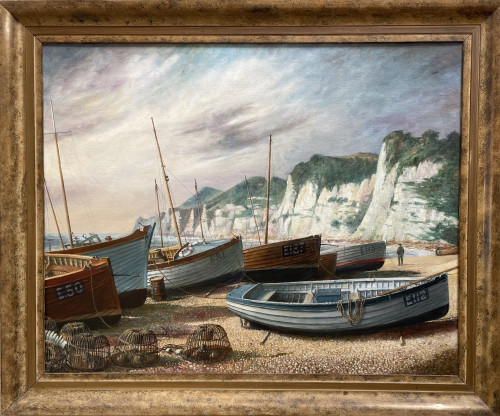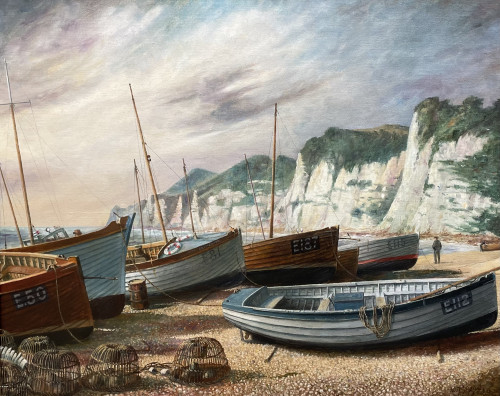- HOME
-
- View All Items
- New Arrivals
- Featured Items
- Artists
-
- View All
- Contemporary
- Birmingham School
- Cotswold Group
- Landscape
- Urban Townscape
- Abstract
- Animals/Birds
- Arts & Crafts
- British Impressionist
- Botanical
- Design/Industrial
- Fantasy/Fairy Subjects
- Female Artists
- Figurative
- Historical
- Illustration/Cartoon
- Marine
- Military/War Artist
- Modern British
- Pre-raphaelite/ Romantic/ Aesthetic
- Nude
- Portrait
- Prints
- Scottish
- Sculpture
- Sporting
- Still Life
- Theatrical
- Interiors/Architectural
-
ARCHIVE
Genre
- View All
- Contemporary
- Birmingham School
- Cotswold Group
- Landscape
- Urban Townscape
- Abstract
- Animals/Birds
- Arts & Crafts
- British Impressionist
- Botanical
- Design/Industrial
- Fantasy/Fairy Subjects
- Female Artists
- Figurative
- Historical
- Illustration/Cartoon
- Marine
- Military/War Artist
- Modern British
- Pre-raphaelite/ Romantic/ Aesthetic
- Nude
- Portrait
- Prints
- Scottish
- Sculpture
- Sporting
- Still Life
- Theatrical
- Interiors/Architectural
- ARTISTS
- Online Exhibitions
- Events
- About
- Contact
The Last Embrace by Arthur Boyd Houghton
The Last Embrace by Arthur Boyd Houghton
ARTHUR BOYD HOUGHTON
(1836-1875)
The Last Embrace
Oil on canvas
Framed
26 by 30.5 cm., 10 ¼ by 12 in.
(frame size 40 by 44 cm., 15 ¾ by 17 ¼ in.)
Provenance:
Christie’s, London, 1876, lot 115, bt. Huxley;
Sotheby’s, London, 1962, bt. Fine Art Society;
Sotheby’s Belgravia, 2 May 1972;
Christie’s London, 5 October 1973, lot 23, bt. Hartnoll & Eyre;
Peter Rose and Gallichan collection.
Literature:
Paul Hogarth, Arthur Boyd Houghton, London 1975, p.26, no.76.
Houghton was born in India, the son of a captain in the East India Company’s marine service. Both is father and older brother were accomplished military draughtsmen and he probably received early training from them. His family returned to England in the early 1850s and he began studies at Leigh’s and the Langham Art Society before entering to the Royal Academy Schools in 1854. Although he considered his paintings in oils and watercolour to be his most important work, financial concerns make him turned increasingly to illustrating. He became one the most distinguished illustrators of the mid 19th Century, working for a number of magazines including, The Graphic, Good Words, The Sunday Magazine and others. His most important book illustrations were those for Dalziels’ Arabian Nights (1865) and The Adventures of Don Quixote (1866).
The present work was painted c.1866-67 and may have also been known as The Romance of a Crusader. Two medieval lovers are shown walking through a corn field, unaware of the danger of a robed crossbow man who seems about to strike.
Thank you for your enquiry.
We will get back to you soon.
Please create wishlist to add this item to
RELATED ITEMS
























